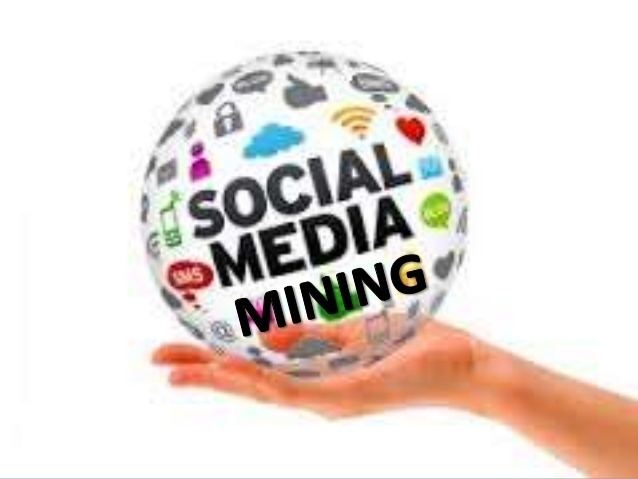 | ||
Social media mining is the process of representing, analyzing, and extracting actionable patterns and trends from raw social media data. The term "mining" is an analogy to the resource extraction process of mining for rare minerals. Resource extraction mining requires mining companies to sift through vast quanitites of raw ore to find the precious minerals; likewise, social media "mining" requires human data analysts and automated software programs to sift through massive amounts of raw social media data (e.g., on social media usage, online behaviours, sharing of content, connections between individuals, online buying behaviour, etc.) in order to discern patterns and trends. These patterns and trends are of interest to companies, governments and not-for-profit organizations, as these organizations can use these patterns and trends to design their strategies or introduce new programs (or, for companies, new products, processes and services).
Contents
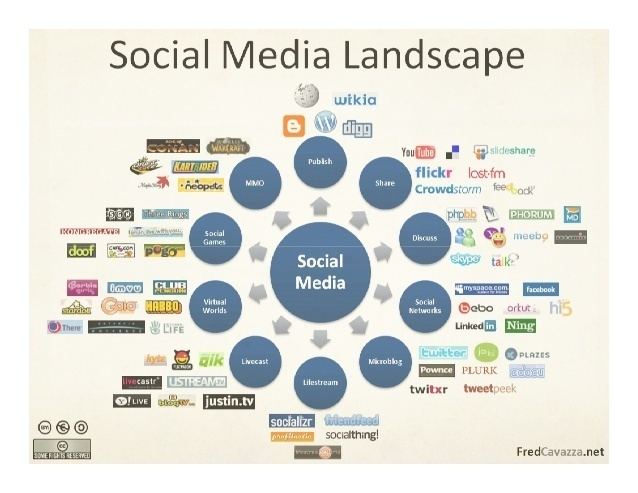
Social media mining uses a range of basic concepts from computer science, data mining, machine learning and statistics. Social media miners develop algorithms suitable for investigating massive files of social media data. Social media mining is based on theories and methodologies from social network analysis, network science, sociology, ethnography, optimization and mathematics. It encompasses the tools to formally represent, measure, model, and mine meaningful patterns from large-scale social media data. In the 2010s, major corporations, as well as governments and not-for-profit organizations engage in social media mining to find out more about key populations of interest, which, depending on the organization carrying out the "mining", may be customers, clients, or citizens.
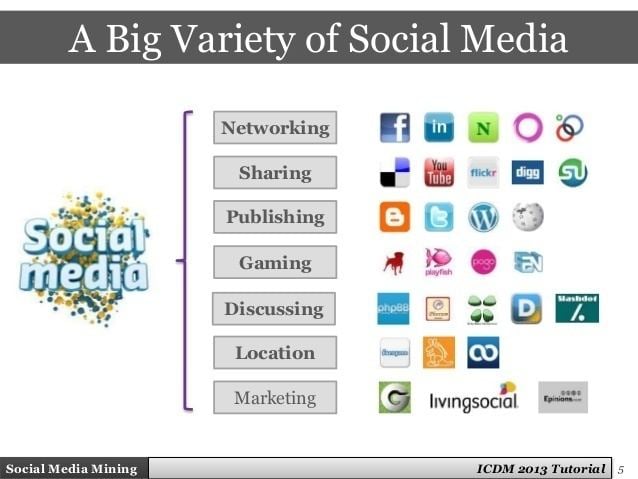
Background
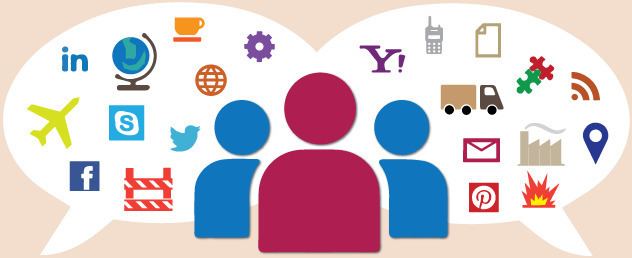
As defined by Kaplan and Haenlein, social media is the "group of internet-based applications that build on the ideological and technological foundations of Web 2.0, and that allow the creation and exchange of user-generated content." There are many categories of social media including, but not limited to, social networking (Facebook or LinkedIn), microblogging (Twitter), photo sharing (Flickr, Photobucket, or Picasa), news aggregation (Google reader, StumbleUpon, or Feedburner), video sharing (YouTube, MetaCafe), livecasting (Ustream or Twitch.tv), virtual worlds (Kaneva), social gaming (World ofWarcraft), social search (Google, Bing, or Ask.com), and instant messaging (Google Talk, Skype, or Yahoo! messenger).
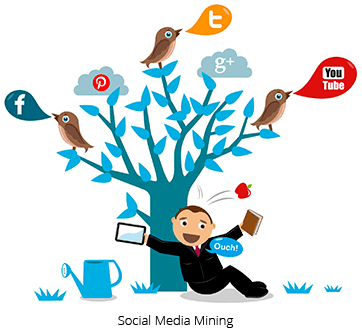
The first social media website was introduced by GeoCities in 1994. It enabled users to create their own homepages without having a sophisticated knowledge of HTML coding. The first social networking site, SixDegree.com, was introduced in 1997. Since then, many other social media sites have been introduced, each providing service to millions of people. These individuals form a virtual world in which individuals (social atoms), entities (content, sites, etc.) and interactions (between individuals, between entities, between individuals and entities) coexist. Social norms and human behavior govern this virtual world. By understanding these social norms and models of human behavior and combining them with the observations and measurements of this virtual world, one can systematically analyze and mine social media. Social media mining is the process of representing, analyzing, and extracting meaningful patterns from data in social media, resulting from social interactions. It is an interdisciplinary field encompassing techniques from computer science, data mining, machine learning, social network analysis, network science, sociology, ethnography, statistics, optimization, and mathematics. Social media mining faces grand challenges such as the big data paradox, obtaining sufficient samples, the noise removal fallacy, and evaluation dilemma. Social media mining represents the virtual world of social media in a computable way, measures it, and designs models that can help us understand its interactions. In addition, social media mining provides necessary tools to mine this world for interesting patterns, analyze information diffusion, study influence and homophily, provide effective recommendations, and analyze novel social behavior in social media.
Research areas

Publication venues
Social media mining research articles are published in computer science, social science, and data mining conferences and journals:
Conferences
Conference papers can be found in proceedings of Knowledge Discovery and Data Mining (KDD), World Wide Web (WWW), Association for Computational Linguistics (ACL), Conference on Information and Knowledge Management (CIKM), International Conference on Data Mining (ICDM), Internet Measuring Conference (IMC).
Journals
Social media mining is also present on many data management/database conferences such as the ICDE Conference, SIGMOD Conference and International Conference on Very Large Data Bases.
